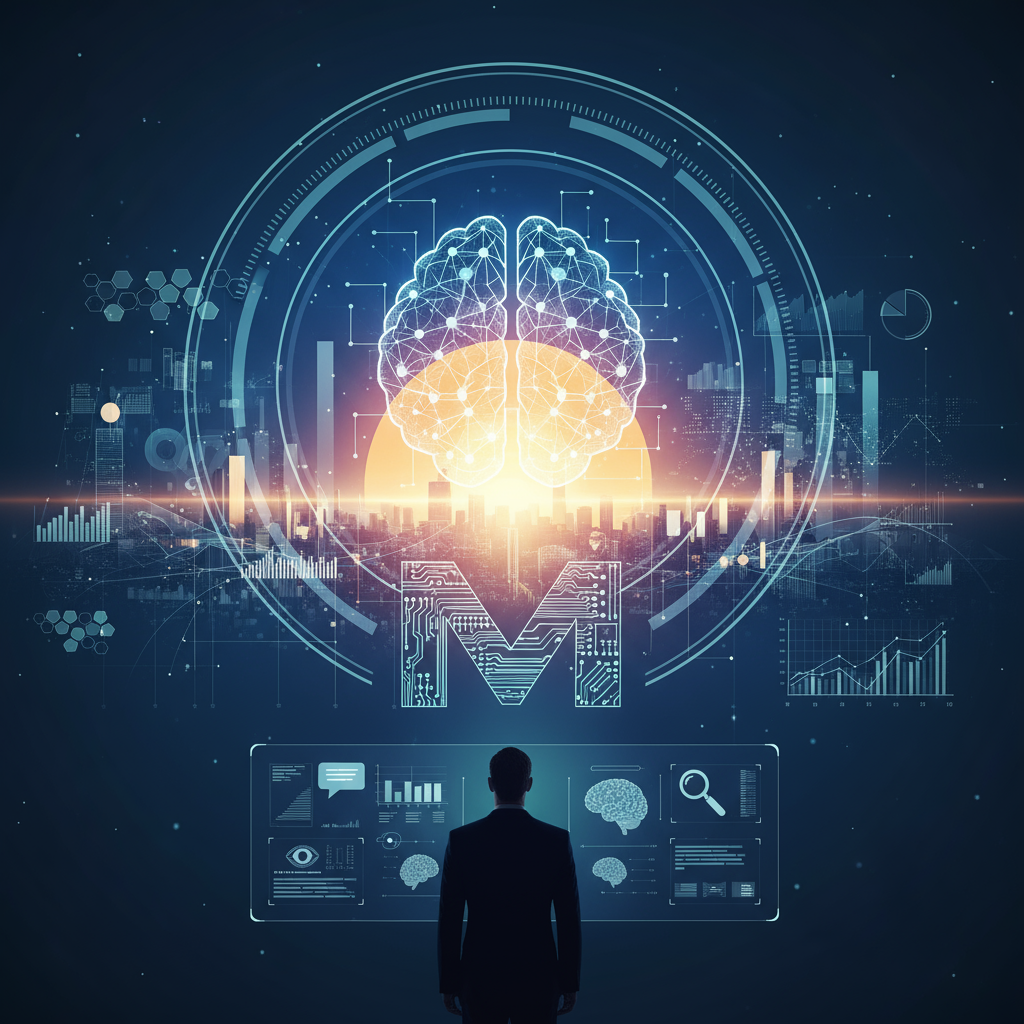Is Your AI Use Being Tracked? Microsoft’s New Transparency Tools Are Here

The whispered promise of AI has swiftly become a booming reality in our workplaces. From drafting emails to generating code, artificial intelligence is increasingly integrated into our daily tasks. But as AI adoption soars, a new question emerges: how exactly are employees leveraging these powerful tools, and how can organizations understand this evolving landscape? Enter Microsoft, with new functionalities designed to give employers unprecedented insight into their teams’ AI usage. This development isn’t just about oversight; it’s about shaping the future of work, understanding productivity, and potentially, redefining employee expectations.
For many, the idea of being “watched” might trigger a primal unease. However, Microsoft’s approach aims to frame this not as surveillance, but as a strategic tool for organizational growth and efficiency. Let’s delve into what this means for both employees and employers, and explore the broader implications of AI transparency in the modern workplace.
The Dawn of AI Analytics: What Microsoft is Offering

Microsoft, a dominant force in enterprise software, is poised to offer businesses tools that track and analyze how employees interact with AI features embedded within its ecosystem. This isn’t just about Copilot, their flagship AI assistant; it extends to various AI-powered functionalities across Microsoft 365 applications.
Imagine your manager receiving reports detailing how frequently team members use AI to summarize documents, generate presentation slides, or automate data entry in Excel. These insights could range from simple usage counts to more granular data points, such as the types of tasks AI is being applied to, or even the time saved through AI assistance. For instance, a report might show that the marketing team is heavily utilizing AI for content generation, while the finance department is leaning on it for complex data analysis.
The goal, according to Microsoft, is to help organizations understand the return on investment (ROI) of their AI implementations. Are employees actually embracing these tools? Are they leading to tangible improvements in efficiency and output? This data can then inform training programs, optimize software deployments, and even influence company-wide AI strategies.
Beyond Monitoring: The Benefits for Organizations
While the initial reaction might be concern over privacy, the potential benefits of this transparency for organizations are significant. Firstly, it allows companies to measure the real impact of their AI investments. AI tools are not cheap, and understanding their adoption rate and effectiveness is crucial for justifying expenditure.
Secondly, these insights can highlight best practices and identify areas where further training or support might be needed. If one department is excelling at using AI to streamline a particular workflow, those learnings can be shared across the organization. Conversely, if a team is underutilizing AI, it might signal a need for more targeted training or a clearer communication of its benefits. For example, if data shows widespread use of AI for email drafting but minimal use for project planning, management can then focus training efforts on the latter.
Thirdly, it can help in assessing productivity and identifying bottlenecks. If certain tasks consistently require human intervention despite AI capabilities, it might indicate limitations of the AI itself or a need to refine processes. Employers may also gain a clearer picture of how AI is freeing up employees to focus on more strategic, creative, and high-value tasks, thereby boosting overall organizational innovation.
The Employee Perspective: Navigating the New Landscape
For employees, this development naturally brings up questions about trust, autonomy, and the future of performance reviews. Will AI usage become a new metric for evaluating performance? Will those who embrace AI more readily be seen as more efficient or innovative?
It’s important for employees to view this not necessarily as a punitive measure, but as an opportunity. Demonstrating strategic and effective AI utilization could become a valuable asset in performance reviews and career progression. Employees who can articulate how AI enhances their productivity, accuracy, and output will likely stand out. Imagine being able to show your boss a report highlighting how AI helped you reduce report generation time by 30%, allowing you to take on more strategic initiatives.
However, companies must establish clear guidelines and communicate their intent transparently. Without trust, these tools could foster resentment and discourage genuine innovation. Open dialogue about what data is being collected, how it will be used, and how it aligns with company values is paramount. Employees should feel empowered, not intimidated, by the presence of AI analytics.
The Future of Work: A Collaborative AI Landscape
Microsoft’s move is a clear indication that AI is no longer just a hypothetical future; it’s an integrated part of our present workday. The ability to measure its impact meticulously will likely accelerate its adoption and refinement. This isn’t just about using AI for the sake of it, but about strategic implementation that genuinely enhances business outcomes.
The future workplace will likely be one where human and artificial intelligence collaborate seamlessly. Understanding the interplay between these two forces is crucial for optimizing workflows, fostering innovation, and ultimately, creating a more productive and engaging environment for everyone. This new layer of transparency from Microsoft is a significant step in understanding and strategically managing that evolving collaboration.
As AI continues to mature, the conversation will shift from “if” we use AI to “how effectively” we use it. Employers will increasingly look for ways to quantify the benefits and opportunities AI brings, and tools like Microsoft’s AI usage analytics are paving the way for a more data-driven approach to workforce management and development in the age of intelligent automation.

